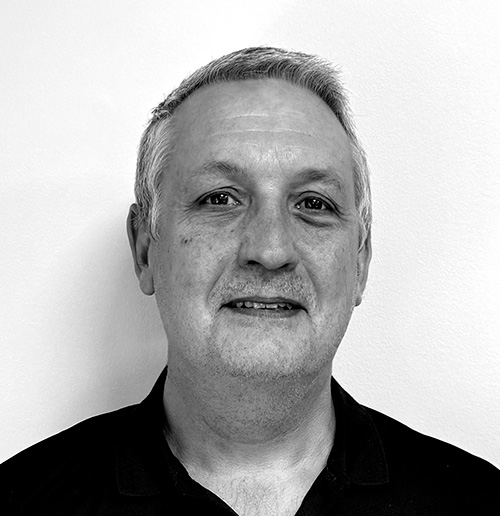Management Team

Dr Paul Holligan
VP Commercial and Strategic Partnerships
Paul joined First Light Fusion in 2016 to lead the pulsed power developments and the design and construction of three pulsed power drivers. His team also completed the conceptual design of Machine 4 (a gain demonstrator), developing a unique engineering capability for the design and optimisation of fusion systems.

Astrid Stanley
Head of HR
Astrid joined First Light Fusion in 2024 to establish and lead a strategic HR function to support the continued success of the Company. Astrid has responsibility for all HR needs across First Light Fusion including strategic planning, organisational design, workforce planning, recruitment, reward, talent management, employee relations and change management.
Prior to joining First Light Fusion, Astrid has previously worked in HR functions across a range of businesses including huge multi-national companies such as BT Group and National Grid to SMEs such as Iress FS Limited (a global FinTech company). Throughout her career she has led multiple HR initiatives both strategic and operational to drive positive change. She has extensive experience in generalist HR over a 20-year career in the field and is passionate about delivering people-centric impact while fostering collaboration and partnership for business success.

Elaine Winchester
Head of Business Development
Elaine joined First Light Fusion in 2025 to lead business development and help turn its breakthrough fusion technology into a commercial reality. She focuses on identifying market opportunities, building high-impact industry collaborations, and shaping the company’s go-to-market strategy as it moves towards delivering its strategic objectives in the Inertial Fusion Energy market.
Elaine brings over 15 years of experience in business development, mostly in early-stage, fast-growing companies. Before joining First Light, Elaine helped scale Plyable, a composites technology start-up, driving significant growth in aerospace and advanced manufacturing sectors. She’s passionate about helping ambitious technologies find the right markets and partners and making a real impact along the way.

Richard King
Head of IT, Security and Facilities
Richard joined First Light Fusion in 2016 as IT Systems Engineer, and is currently Head of IT, Security and Facilities. He is responsible for ensuring the First Light team are supported with robust and secure IT systems, and have the facilities needed to deliver their projects.
Prior to this he spent time working at Schlumberger in the Information Solutions division supporting and researching HPC cluster design and implementation for some of the largest oil industry customers. Richard graduated from Swansea University with BSc Hons in Computer Science, and during his time at First Light Fusion undertook a 12-month diploma program in Security Management and is now a Member of the International Security Management Institute.
Prior to his life in the technical world, he worked for 10 years in the food retail industry in various management roles.

Martin Harwood
Head of Precision Manufacturing
Martin joined First Light Fusion in 2020 and manages the precision manufacturing, metrology and target fabrication departments. These areas manufacture and build the highly accurate amplifier and target assemblies in our state-of-the-art workshops using the latest machine tools in a temperature-controlled environment.
Having initially trained as a toolmaker, Martin has spent over 20 years managing various engineering and manufacturing functions involved with motorsport, automotive and aerospace within the scope of AS9100. Most of this time was spent leading highly skilled teams that were involved in the World Rally Championships, Le Mans 24 Hours and Formula 1 at companies such as Prodrive and Williams Racing.
Martin has also travelled extensively to various manufacturing sites worldwide whilst working for SPX Corporation in a senior management position. This involved working on new manufacturing techniques and troubleshooting current ones. Some of the projects he has previously worked on include the manufacture of components for satellites and space telescopes, naval submarine valves, aero engine and landing gear components and active hydraulic systems for sports cars.

Oli Hall
Head of Engineering Design
Oli is the Head of Engineering Design, where he has worked since 2017. Since joining First LIght he has delivered the engineering design for the M3 and Large Light Gas Gun facilities.
He began his career with a Mechanical Engineering Apprenticeship at Oxford Instruments, followed by roles as a Design Engineer at the ISIS Neutron Facility and the Central Laser Facility at the Rutherford Appleton Laboratory.